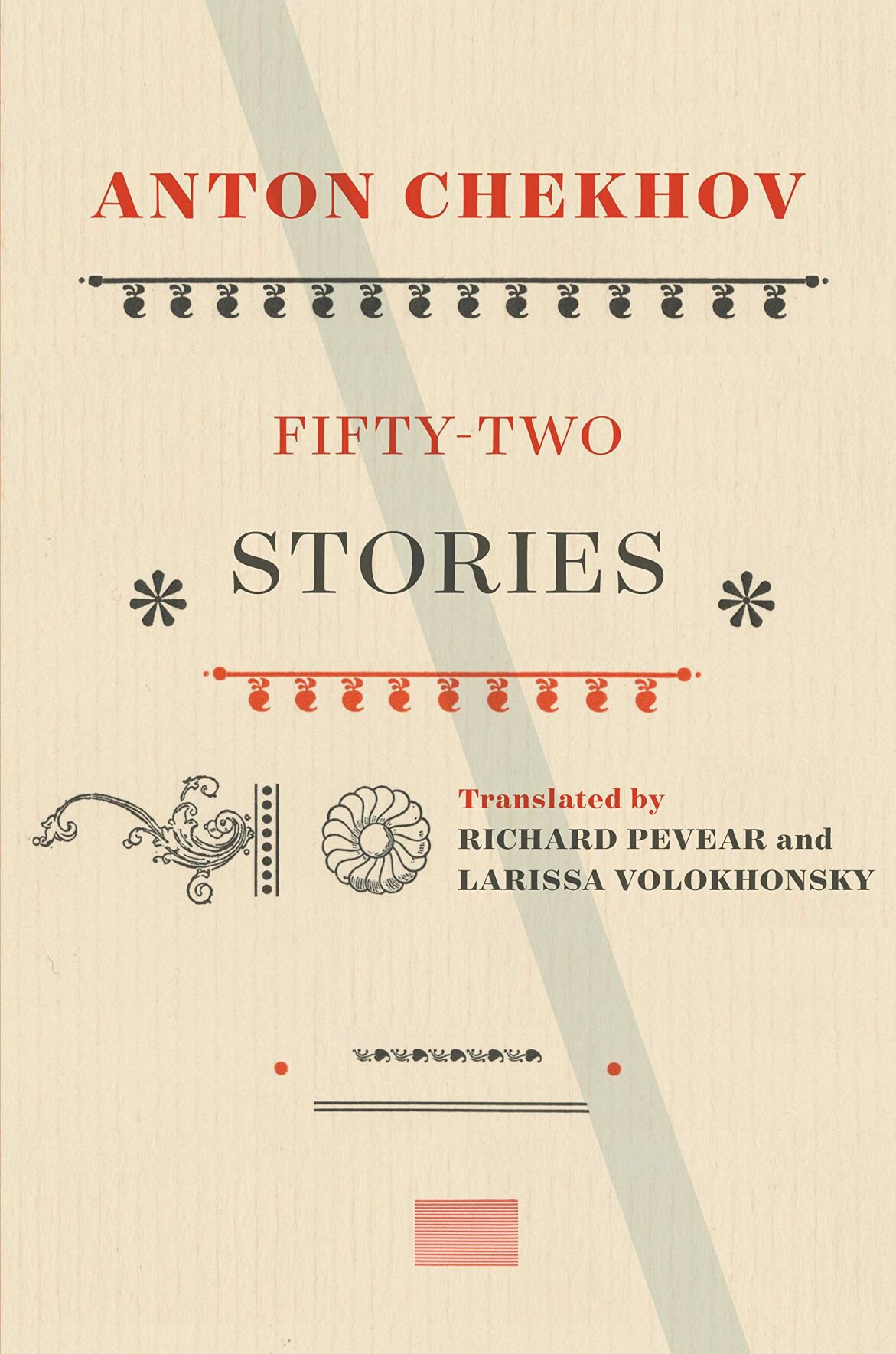

Which turns out to be very much the case, as they are bankrupt, the estate is about to be sold, and Ta, Va and Na are desperate at the prospect of being deprived of the ancient family home. He feels obliged to go, knowing that the husband is a wastrel and a profligate and that they probably have financial problems. What could well have been cheap juvenilia is instead valuable apprentice-work, writing which shows a young practitioner finding his feet and having fun.Podgorin, a thirty-year-old lawyer, receives a mail from Tatyana and Varya, two young women of his age with whom he’d been very close ten years previously, asking him to come for a visit to Tatyana’s family home where she lives with husband and two young children and her young sister Nadezhda. Thankfully, however, The Prank is top-heavy with effervescent tales, each of them beautifully translated by Maria Bloshteyn and featuring illustrations by Chekhov's older brother Nikolay. In these cases we are put in mind of “clumsy, awkward” Trigorin. The weaker stories are short and scrappy: some an aimless stringing-together of loose, disconnected ideas, others peopled by characters that are all dressed up with nowhere to go. There are also two cutting parodies: a spoof of Jules Verne’s fantastic adventures and a miniature take-off of Victor Hugo’s gothic melodramas. One is set during the Spanish Inquisition, another revolves around a proverb and the story that takes the form of a letter containing the “senile hieroglyphicated scribblings” of an “insignificant nobody” is more redolent of Gogol than its true author.

Other stories give us the curious feeling that we are reading not a younger Chekhov but a completely different writer. “The ones who say they don’t take – they take.

The latter focuses on a bureaucrat pulling rank and attempting to bribe a teacher to give his son a passing grade. The former tracks a shooting party on a hunt that descends into drunkenness and acrimony, with each member taking verbal potshots at fellow hunters. The gods have ignited their sacred flame within my breast”).Ĭhekhov is at his most satirical in “Papa” and “St Peter’s Day”. As he regales us with his rueful reminiscences, he offers unwittingly comic meditations on his craft, from woe-is-me anguish (“The writer remains an orphan, an outcast, a scapegoat”) to giddy delusions of grandeur (“I am a writer.
#CHEKHOV A VISIT TO FRIENDS BOOK SERIES#
After a catalogue of blunders and calamities, the moral of the tale is addressed to “single girls and young widows”: never marry an artist.Ī writer crops up again in “A Confession, or, Olya, Zhenya, Zoya”, this one to mull over lost loves and the series of “incidents” that prevented him from marrying. In an adjacent room, an artist is outraged that his spouse won’t pose naked for him: “You cannot be my wife if you can’t sacrifice yourself for art!”Īnother long-suffering wife must nurse her husband, an accident-prone actor, while the most put-upon wife is that of a singer who sings non-stop. In one room of the Hotel of the Venomous Swan in Lisbon, a writer berates his wife for not appreciating his awful novels. Here, and elsewhere, men are vain, venal and idiotic, and are routinely exposed or roundly put in their place by savvy women. The first and longest story, “Artists’ Wives”, sends up the pretensions of a group of bohemians. Each story breezes along with zest and brio, either slyly satirising corrupt Russian society or simply lampooning braggarts, hypocrites and buffoons. Instead, peasants are relegated to the background, the rich clown around and fall flat on their faces, and lovers stab one another in the back. Nowhere do we find an enigmatic drama or a probing study of human relations. What is immediately striking is just how different the writing of young Chekhov is from that of old Chekhov (if “old” can be used to describe someone who died aged 44). Only now, more than 130 years later, and with little chance of offending anyone, the book appears for the first time in any language. However, the censors objected and torpedoed the project. Two years later he selected the 12 he considered his best and tried to have them published in a single volume called The Prank.

In 1880, when he was 20, he began to write humorous skits and satirical sketches for journals in Moscow and St Petersburg, both to help support his impoverished family and to pay his way through medical school. "A minor writer," he says, "especially if he hasn't had much luck, sees himself as clumsy, awkward, and unwanted."īefore he wrote his great plays, and long before he developed his skill as a short-story writer, Chekhov was a minor author who had varying luck. There is a moment in Chekhov's play The Seagull where the writer, Trigorin, reflects on his "younger, better years" when he was starting out.


 0 kommentar(er)
0 kommentar(er)
